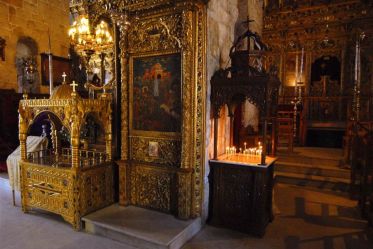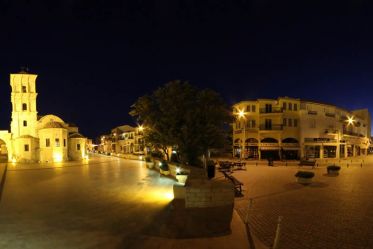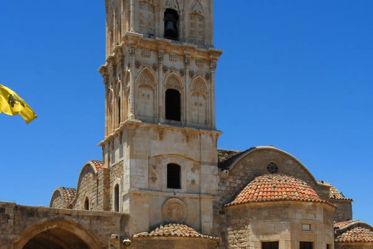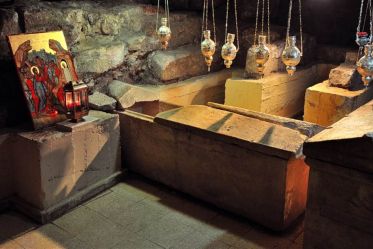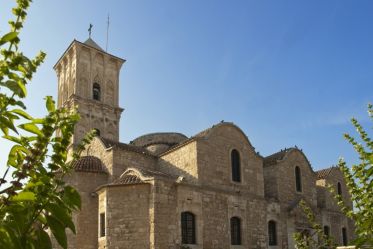![]() +357 24 828 100
+357 24 828 100
![]() +357 24 828 100
+357 24 828 100
The church of Agios Lazaros is built on the coastal zone of the city of Larnaka and is the primary place of worship of Saint Lazarus in Cyprus. The saint’s relationship with the island was particularly close. Following his resurrection he fled to Cyprus, where he met the Apostles Pavlos and Varnavas who ordained him bishop of Kition. The sources also mention that he was laid inside a marble larnax, which bore the inscription "Lazaros the four day and friend of Christ".
During medieval and later years, the church of Agios Lazaros, the fortified port and the frankish castle were considered to be the most magnificent monuments of Larnaka. By the beginning of the 20th century the church was surrounded by cells, which were rented out to merchants, travellers and craftsmen. Gradually, the church became the city’s planning core, around which the port’s quarters grew.
The excavation work that took place at the site of the church, revealed the remains of two earlier churches, over which the existing church was built. Moreover, excavation work in the enclosure and inside the church brought to light marble sarcophagi and box-shaped tombs, some of which can still be seen inside the church’s crypt. According to the 16th century travellers’ notes, an opening under the bema was worshipped as the Saint’s tomb and had become a place of pan-orthodox pilgrimage.
The architectural type of the church belongs to the category of the composite, domed cross-in-square structure. During the 15th-16th century, a gothic porch was added along the church’s south wall. It is possible that during this period the church was turned into a catholic monastery and its enclosure into a cemetery. During the period of the Ottoman occupation the church was turned into a mosque and in 1589 it was sold back to the orthodox community for the amount of 3.000 aspres. Up until 1784 the church was also used by the catholics, who performed mass twice a year. The belfry was built in 1857 and is characterised by neo-gothic and neo-classical elements. Fragments of frescoes in the church’s interior survived until the beginning of the 20th century.
Nowadays, some of the cells of the hypostyle porch, still standing to the south of the church, are used as a museum where ecclesiastic heirlooms from the church of Agios Lazaros are displayed, together with portable icons, old printed books and crosses. The annex still standing to the west of the church, was used from 1858 until 1910 as a school; whilst today it is used as a place for various functions.
Accessibility: Entrance ramp, chair lifts for rooms and disabled toilets

